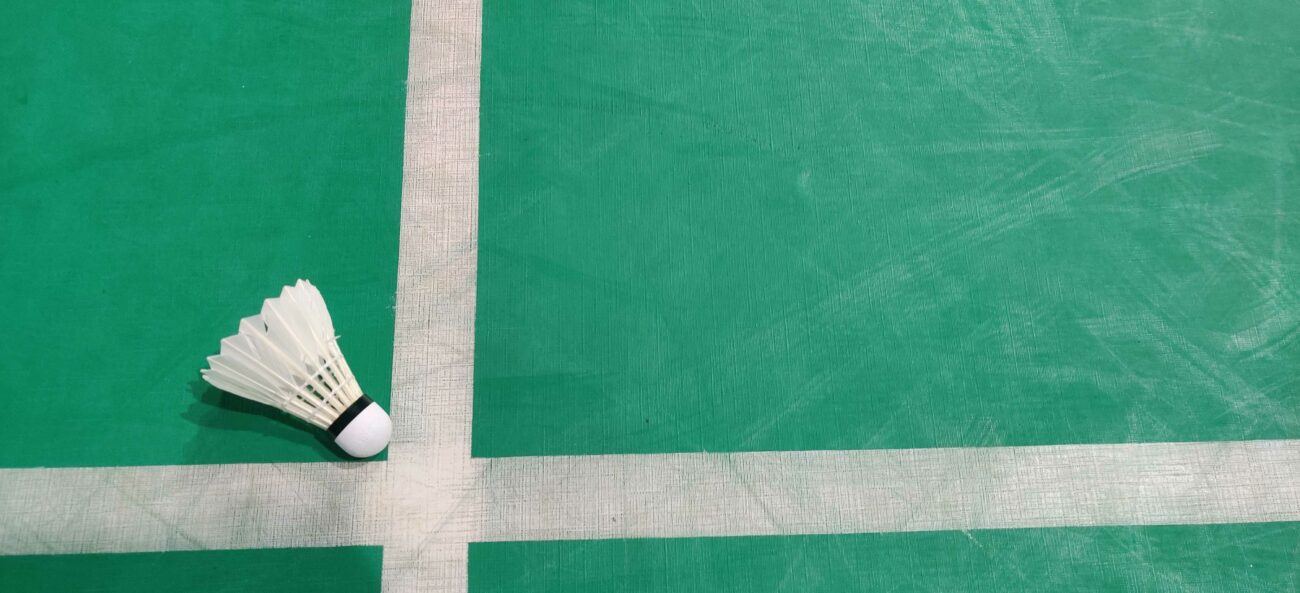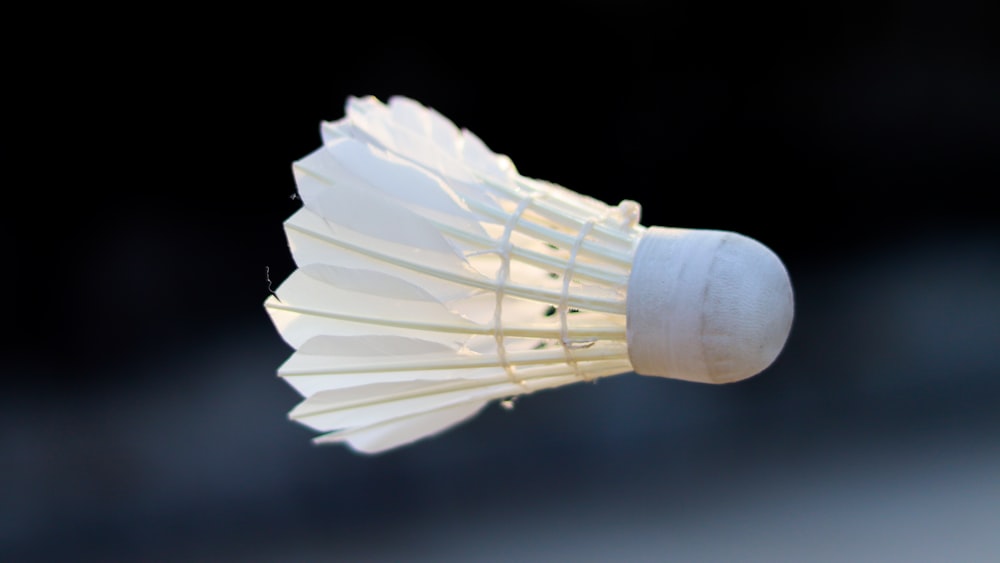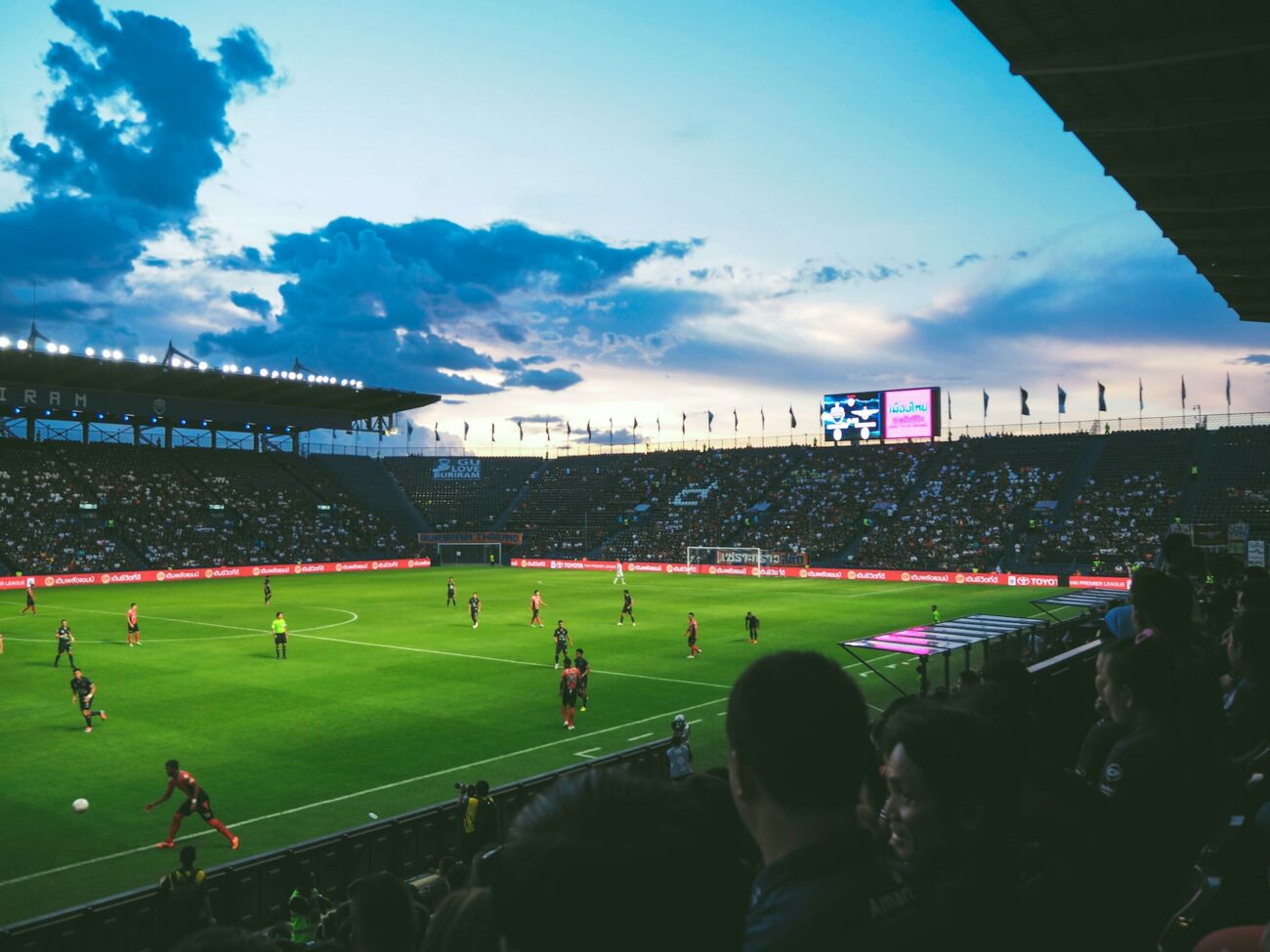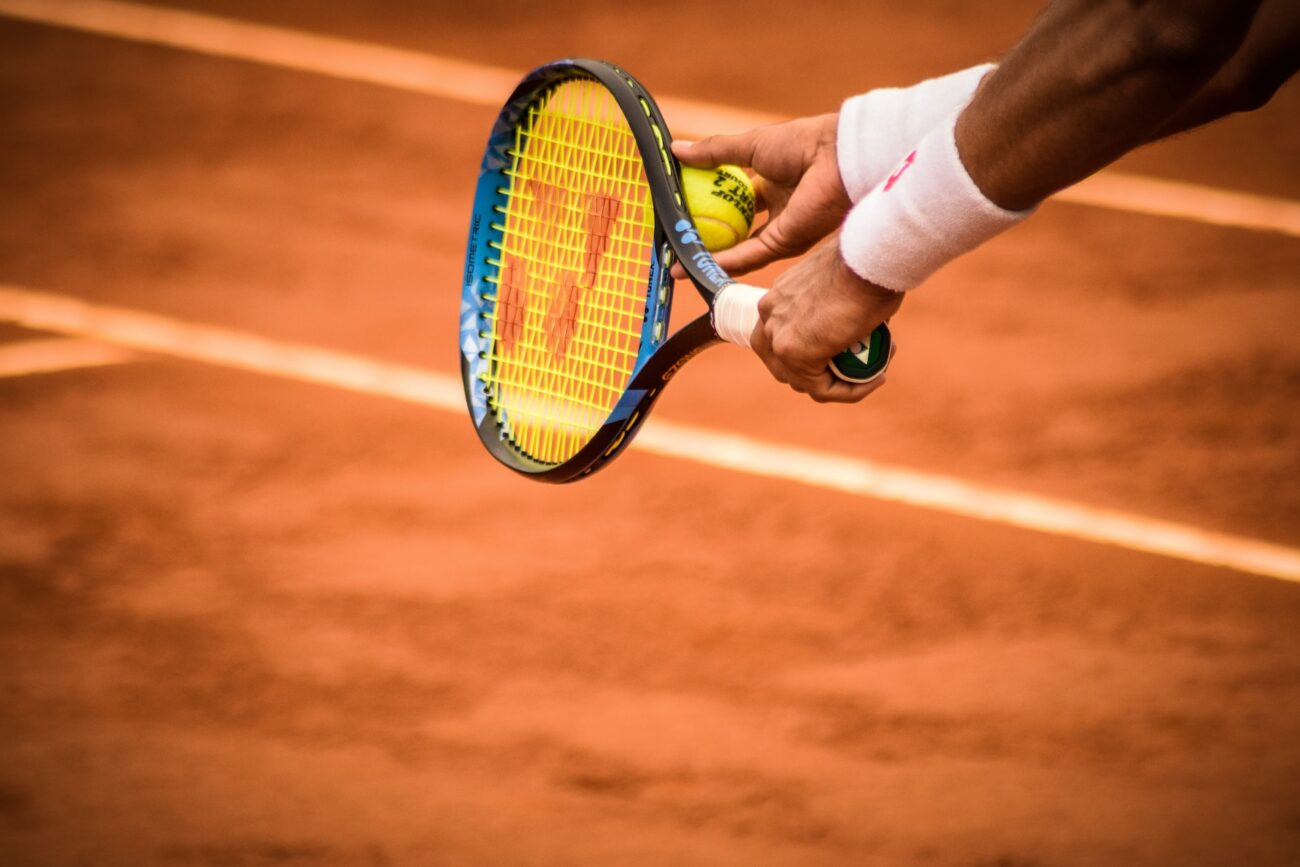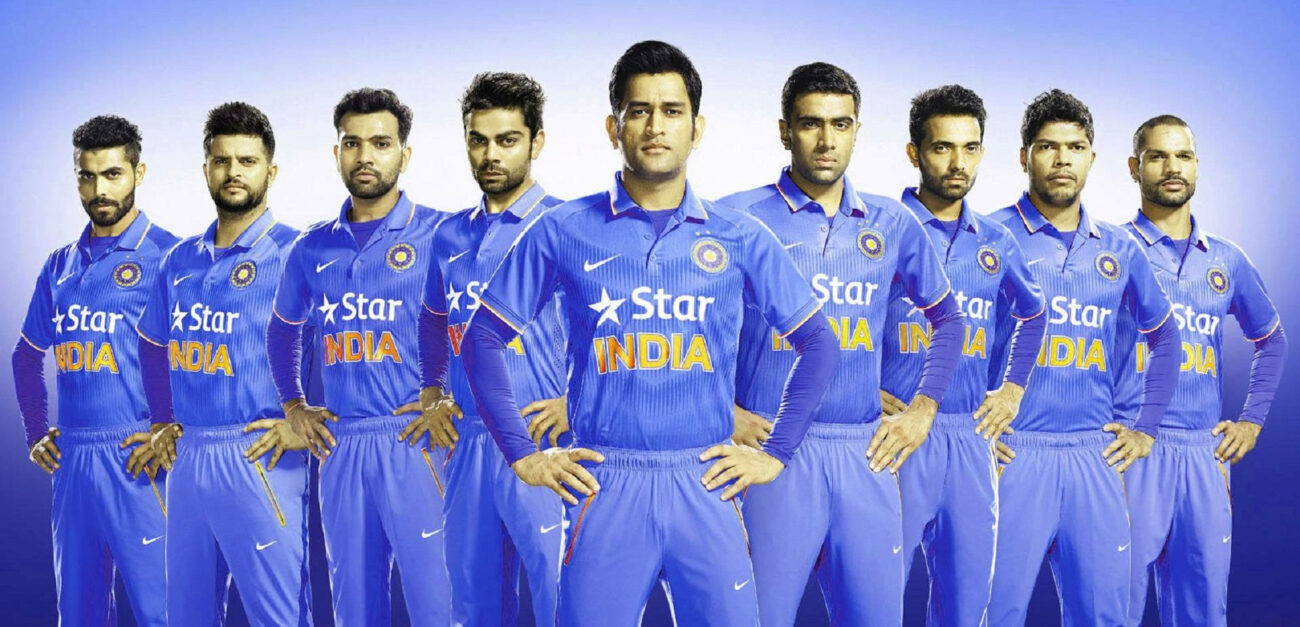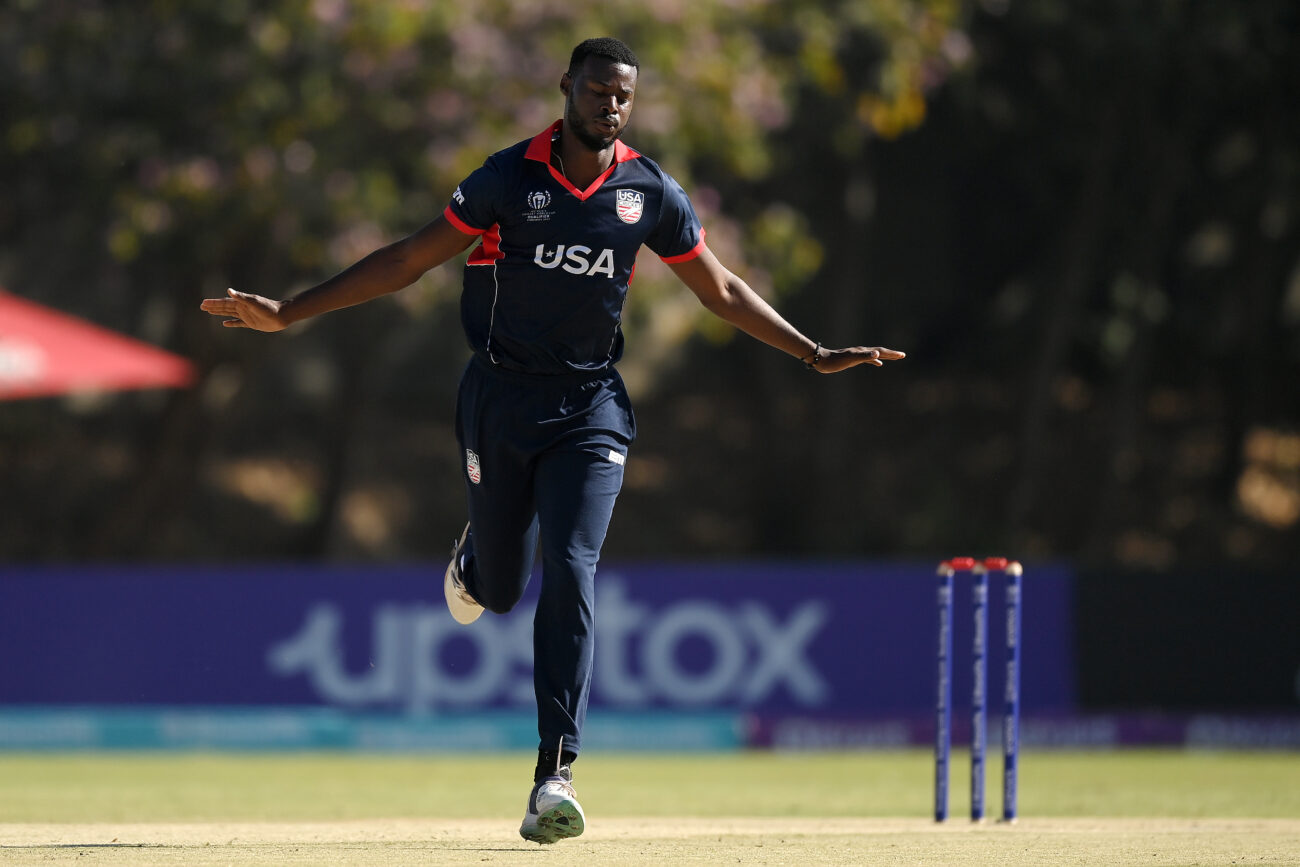Badminton is an exciting and fast-paced sport that places great importance on the performance and attributes of the shuttlecock. Whether you’re a professional player or simply enjoy playing casually, it’s essential to grasp the different speeds of badminton shuttles in order to optimize your gameplay. The speed of a shuttlecock directly impacts the game’s dynamics, influencing factors like shot placement, timing, and overall strategy. This article delves into the captivating realm of badminton shuttles, unveiling the factors that determine their speed variations. By understanding these factors, you’ll be equipped to make knowledgeable choices and elevate your badminton experience.
The speed of badminton shuttles is a crucial element of the game, impacting shot selection, timing, and overall gameplay strategy. Players who grasp the factors influencing shuttle speed and choose the appropriate shuttle can enhance their performance and enjoyment on the court. Whether it’s the precision of slow shuttles, the versatility of medium shuttles, or the intensity of fast shuttles, selecting the right shuttle can elevate the badminton experience for players of all skill levels. So, the next time you step onto the badminton court, consider the speed of your shuttle and embrace the unique challenges and opportunities it brings.
Different Speeds of shuttlecocks
The speed of a badminton shuttlecock significantly influences the gameplay dynamics. Different speeds require players to adapt their techniques, footwork, and shot selection accordingly. Generally, the speed of a shuttle is categorized into three main categories: slow, medium, and fast. Each speed offers unique advantages and challenges that players must navigate during a match.
Slow Shuttlecocks
Slow shuttles are typically used in colder conditions or high-altitude environments where air resistance is greater. These shuttles tend to have a lower initial velocity, resulting in slower travel through the air. Slow shuttles provide players with more time to react and make precise shots. They allow for greater control and accuracy, as players can place the shuttle precisely where they desire. However, slow shuttles also require players to generate more power themselves to compensate for the reduced momentum.
Medium Shuttlecocks
Medium-speed shuttles are commonly used in standard playing conditions, providing a balance between speed and control. They are suitable for most players and playing environments. Medium shuttles offer a good compromise between power and precision, allowing players to execute a variety of shots effectively. The speed of these shuttles allows for faster rallies and requires players to have a solid understanding of timing and footwork.
Fast Shuttlecocks
Fast shuttles are used in competitive matches or situations where players aim to maximize speed and intensity. These shuttles possess higher initial velocity, allowing them to cover the court quickly. Fast shuttles demand players to possess excellent reflexes and agility. Shot selection becomes crucial as players need to adjust their strokes to keep up with the shuttle’s speed. Playing with fast shuttles requires a higher level of skill and fitness.
Factors Affecting the Speed of the Shuttlecock
Several factors contribute to the varying speeds of badminton shuttlecocks. Understanding these factors can help players select the most suitable shuttle for their playing conditions and adapt their game accordingly.
Design of the Shuttlecock
The design of a shuttlecock has a significant impact on its speed. Feather shuttles, typically made from goose feathers, are the most common type used in professional play. The number of feathers, the type of feathers used, and their quality all affect the shuttle’s speed. Generally, shuttles with fewer feathers tend to be faster, as there is less air resistance. Additionally, the quality and density of the feathers play a role in determining the shuttle’s speed. High-quality feathers that are plump and resilient provide better aerodynamic properties, resulting in faster shuttle speeds.
Altitude and Temperature
Altitude and temperature are external factors that influence the speed of badminton shuttles. At higher altitudes, the air density decreases, resulting in less air resistance. This causes shuttles to travel faster through the air. Conversely, in lower altitude areas, where air density is higher, shuttles may experience more air resistance, leading to slower speeds. Temperature also affects shuttle speed. In colder temperatures, the air is denser, resulting in slower shuttle speeds, while warmer temperatures decrease air density and allow for faster shuttle travel.
String Tension and Racket Power
The string tension of a badminton racket has an indirect effect on shuttle speed. Higher string tension provides more power and responsiveness to shots, allowing players to generate more incredible shuttle speed. However, excessively high string tension can lead to reduced control and a higher likelihood of mis-hits. It is important to find a balance between string tension and power based on individual playing style and skill level.
Player Technique and Strength
The technique and strength of a player also contribute to shuttle speed during gameplay. A player with a powerful swing and excellent timing can generate more speed and momentum when hitting the shuttlecock. Proper technique, including a solid grip, wrist snap, and correct body positioning, enables players to maximize their power output and achieve faster shuttle speeds. Additionally, physical strength and fitness play a role in generating power, as stronger players can generate more force behind their shots.
Selecting the Right Shuttle for Your Game
Choosing the right shuttle for your game is crucial for optimizing performance and enjoyment. Factors such as playing environment, skill level, and personal preference should be considered when selecting a shuttle speed.
a) Playing Environment
Consider the playing conditions, including altitude, temperature, and indoor or outdoor setting. In high-altitude or cold-weather areas, slower shuttles may be more suitable, providing better control and accuracy. In contrast, in low-altitude or warmer climates, faster shuttles can enhance the pace and intensity of the game.
b) Skill Level
Novice or recreational players may benefit from using medium-speed shuttles, as they offer a balance between control and power. Intermediate to advanced players can explore different shuttle speeds based on their skill level and the level of challenge they seek.
c) Personal Preference
Ultimately, personal preference plays a significant role in shuttle selection. Some players may prefer the control and precision offered by slower shuttles, while others may thrive on the speed and intensity of faster shuttles. Experimenting with different shuttle speeds can help players determine their preferred playing experience.
Shuttle Durability
The durability of a shuttle is another factor to consider when discussing shuttle speed. As shuttlecocks are subjected to impacts during gameplay, their feathers can become damaged or worn out over time, affecting their speed and flight characteristics. It is important to replace shuttlecocks periodically to ensure consistent performance.
Brand and Quality
Different brands may produce shuttlecocks with variations in speed and quality. It is worth experimenting with shuttlecocks from different manufacturers to find the ones that best suit your playing style and preferences. Quality shuttlecocks tend to offer better flight stability and durability, contributing to a more enjoyable playing experience.
Practice and Adaptation
Regardless of the shuttle speed, continuous practice and adaptation are essential for players to develop their skills. By practicing with shuttles of different speeds, players can improve their ability to adjust their strokes, footwork, and timing accordingly. Adapting to various shuttle speeds allows players to become more versatile and effective in different game situations.
Tournament Regulations
In competitive badminton, tournaments often have specific regulations regarding shuttle speed. Different tournaments may require the use of specific shuttle speeds to ensure fairness and consistency across matches. It is important for players to familiarize themselves with the tournament rules and adapt their game accordingly.
Shuttlecock Speeds: Explained
In badminton, there are several types of shuttlecocks with different speeds. Typically, the speed of a shuttlecock ranges from 75 to 79. Let us have a detailed look at what are the specialties of these varied shuttlecock speeds.
| Shuttle Speed | Altitude | Temperature | Popularity |
| 75- Slow | Above Sea Level | Very Hot (30+ Degrees) | Never Used |
| 76- Quite Slow | Sea Level | Hot (25-30 Degrees) | Used Rarely |
| 77- Average Speed | Sea Level | Average (15-25 Degrees) | Used Sometimes |
| 78- Quite Fast | Below Sea Level | Cold (0 – 15 Degrees) | Most Popular |
| 79- Fast | Below Sea Level | Very Cold (Below Freezing) | Used Rarely |
Which types of shuttlecock are suited for training, practice games, and live matches?
Recreational – Adidas FS09 Badminton Shuttlecock, Yonex Aerosensa 2 AS2 Badminton Shuttlecock
Training – Adidas Flieger FS5 Badminton Shuttlecock, Apacs Flight 10 FL 10, Babolat 4 Feather Shuttlecocks, Victor Champion No.1
Club – Apacs Flight 10 FL 10, Babolat 1 Feather Shuttlecocks
Tournament – Babolat 1 Feather Shuttlecocks, Victor AS Shuttle Outdoor Polypropylene, Victor Gold No. 5 Badminton Feather
Professional Senior Tournament – Victor Master Ace Feather Shuttlecocks
Conclusion
So, that was it. We hope you got clarity about the different shuttlecock speeds. Still, got any questions? Drop them in the comment box and let us answer all your queries.

